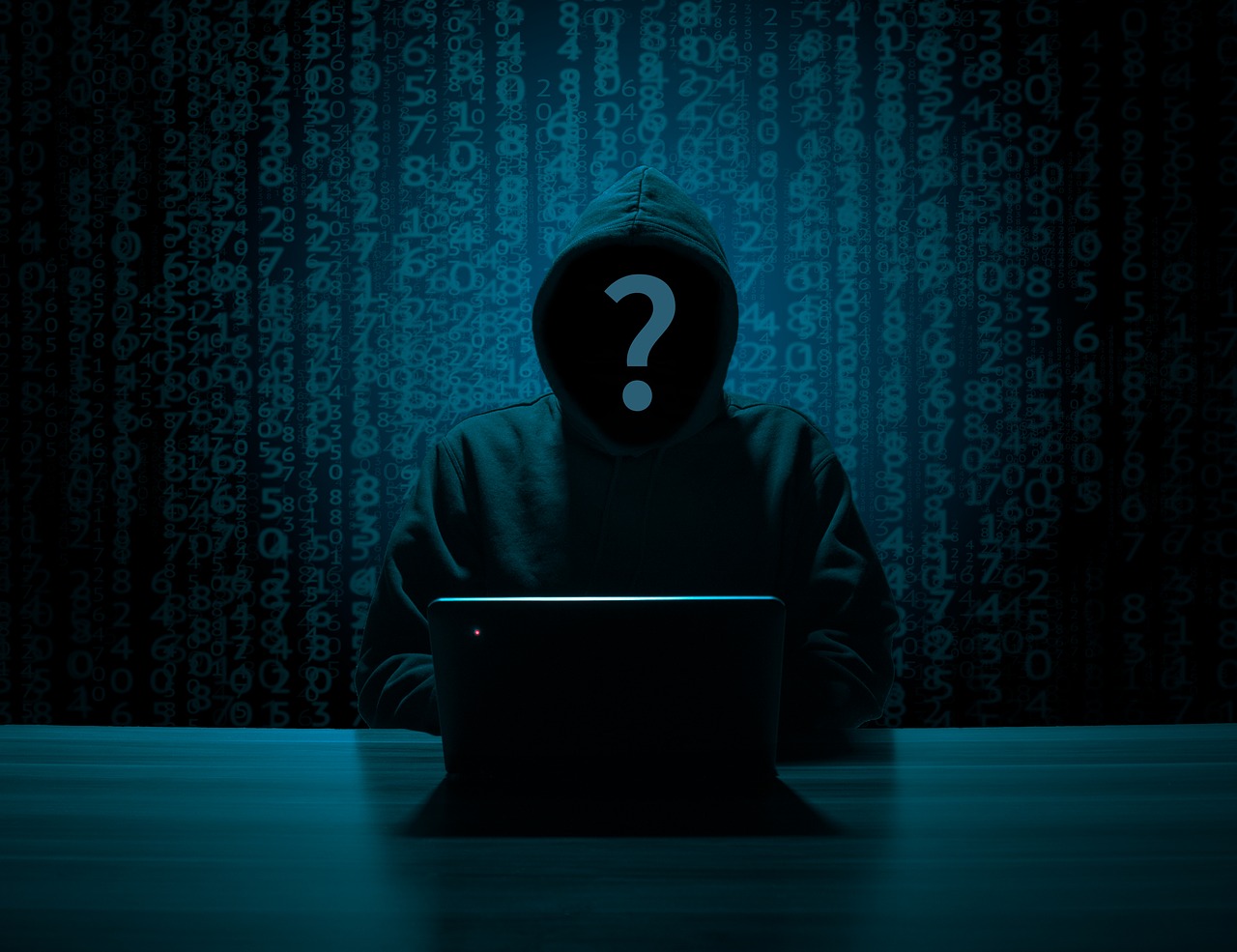The internet is enormous, yet a large part of it remains untouched by most web users. This vast and often overlooked portion of the web is referred to by the names such as the dark web, darknet, and deep web. These terms are used to describe parts of the internet that cannot be accessible to users with standard web browsers.
In this guide, you will find a detailed answer to the question: “What is the dark web, the darknet, and the deep web.”
What is the Deep Web?

The deep web can simply be described as any web page that is not indexed by a traditional search engine such as Google.
A useful analogy to describe the deep web would be the exploration of the world’s oceans. Humans have over the years built machines like submarines to enable us to explore the vast expanse of the world’s oceans. While we have succeeded in discovering new things in our oceans, we have only managed to scratch the surface. A majority of our oceans cannot be accessed by submarines or people unless specialized hardware is used and the conditions are right.
For many individuals, their web activity is limited to about twenty to fifty websites, with most of it being Google-related sites and services. Similar to the explorer submarines, the search engines scour the internet and display what they find to users.
However, there are servers and sites that standard search engines like Google and Bing are unable to access. This hidden part of the web is known as the deep web.

Grab the Digital Privacy Toolkit
Get your FREE copy of the Digital Privacy Toolkit and discover the latest apps you can use to protect yourself against the expanding surveillance apparatus.
Experts estimate that the deep web is a hundred times larger than the surface web.
The deep web comprises of mostly legal content that is not listed on search engines and requires special permissions to access such as bank records, password protected pages, encrypted chat records, email correspondence, paid streaming services, and many more.
It is important to note, there are parts of the deep web that you can access through inventive online searches. Also, some sites may opt not to be included in a search engine’s listing, but if you are aware of their IP address or direct URL, you can still access them.
What is the Darknet?

The darknet is an encrypted network built over the internet which requires specific software and tools to access the network. Rarely do conventional protocols used in the internet work on the darknet.
The darknet provides privacy to its users. An example of a darknet is Tor or sometimes referred to as the ‘Onion router’. To access a darknet you need a special type of darknet browser, such as Tor.
Tor utilizes the hidden service protocol to enter everyday internet websites, but also access many hidden sites that cannot be accessed via conventional browsers. Each site limited to the Tor network has an identifiable .onion address, and thus the Tor network is also known as Onionland.
Another type of darknet is a friend to friend (F2F) network. In this scenario, two people who are familiar communicate directly over the internet. These type of darknet can facilitate the sharing of files via the peer-to-peer (P2P) network. The network can be encrypted and only accessible by the concerned parties.
What is the Dark Web?

The dark web is a subset of the deep web. To decipher the dark web you need to understand the distinction between the deep web and darknet, and how these correlate to the regular internet, which in itself is different from the World Wide Web (www).
While the deep web is a part of the World Wide Web that cannot be accessed by search engines, and with darknets being encrypted networks, the dark web can be compared to a World Wide Web of darknets like Freenet, Tor, etc. Essentially, sites and services running on the darknet constitute the dark web.
Scope of the Dark Web
The dark web is often referred to as the seedy underbelly of the internet, with shady dealings and criminal activity running unchecked. According to research by Daniel Moore and Thomas Rid of King’s College in London, up to fifty-seven percent of dark websites sampled in a five-week period, host illicit material.
The reality is that you can purchase a host of illegal items and services on the dark web since it is mostly uncensored. For instance, you can obtain credit card information, stolen subscriptions, drugs, counterfeit products, and hacking software, just to name a few.
You can even buy credentials for a bank account containing thousands of dollars for only a few hundred dollars. You can obtain usernames and passwords to loaded debit cards, Netflix accounts and even buy counterfeit dollar bills.
However, despite the illegal activity on the dark web, there are also a number of legitimate sites and services.
The dark web has become a haven for journalists and whistleblowers like Edward Snowden, or even activists protesting against authoritarian regimes.
How Do I Access the Dark Web?
With all the described activities in the dark web, you can easily mistake it for a bustling marketplace, that is easy to navigate. Nothing can be further from the truth.
Navigating the dark web is a messy and chaotic process, which can be attributed to the fact that participants are mostly anonymous and dubious services being offered.
To visit the dark web you need to install a specialized browser that anonymizes your network connections, such as Tor or I2P. The Tor browsers allow you to route your web page requests via a series of proxy servers, hiding your IP address and making your connection untraceable. However, while Tor serves to mask your identity, using it to access the dark web can be slow, unpredictable and at times unreliable.
Search Engines on the Dark Web
Searching the dark web is reminiscent to navigating the internet in the mid-90s.
While dark web search engines exist, the dark web landscape is constantly evolving making it hard for these engines to index sites and services. Search engines like Not Evil, often return results that are repetitive and unrelated to the query.
Nature of Dark Web Websites
As referenced earlier, dark websites have a different naming structure to those of regular sites. While regular sites end with .com or .co, dark websites end with .onion. The special suffix designates an anonymous hidden service, accessible through the Tor network. Only dark web browsers with the appropriate proxy can reach these sites.

Moreover, dark web websites use a scrambled naming structure that produces URLs that are almost impossible to recall. Consequently, coming across an unintelligible address such as ‘eajwlvm3z2lcca76.onion’ is normal.
It is important to remember, most dark websites are fronts for scammers who are always on the move to avoid retribution from their victims. Therefore, sites shutting down after a year or so, after fleecing users is common.
In addition, law enforcement agencies have become adept at tracking and prosecuting owners of illegal dark web websites dealing in illicit goods and services.
In May 2019, German police shut down one of the largest dark websites, accused of facilitating the sale of drugs, contraband, stolen data, and malicious software. Still, even with the extra scrutiny from law enforcement, some owners still manage to migrate to new addresses, and therefore users may expect to wake up and find a site has shut down only to reappear days later elsewhere.
Commerce on the Dark Web

Commerce on the dark web has flourished since the rise of digital currencies. The cryptocurrency bitcoin has been instrumental in the growth of dark web marketplaces as it enables pseudonymous decentralized peer-to-peer payments.
However, bitcoin’s pseudonymity and the inherent number of bad actors in the dark web makes it hard to foster a semblance of trust when transacting in the place. Hence, even if you intend to purchase legal items, there is a good chance that you will lose your funds or that you will not receive your purchased goods.
Enforcing any type of quality control such as ratings, reviews; in retail sites is difficult when both buyers and sellers are anonymous. The credibility of any rating system is dubious and can be easily manipulated. Cases of sellers with long track records of delivery, suddenly disappearing with their customers’ digital coins only to resurface under a different identity, are numerous.
Some e-commerce sites have in-built escrows to hold customer funds until there is confirmation of product delivery. However, in case of a dispute do not expect some third-party arbitration. Instead, transacting parties will have to sort it out among themselves. All communication is encrypted, and thus you need a PGP key for the simplest transactions.
Having said that, more and more legitimate websites are starting to have a presence on the dark web. The dark web has practical value for activists, whistleblowers, and journalists who need to communicate in a secure, encrypted manner to avoid potential persecution.






